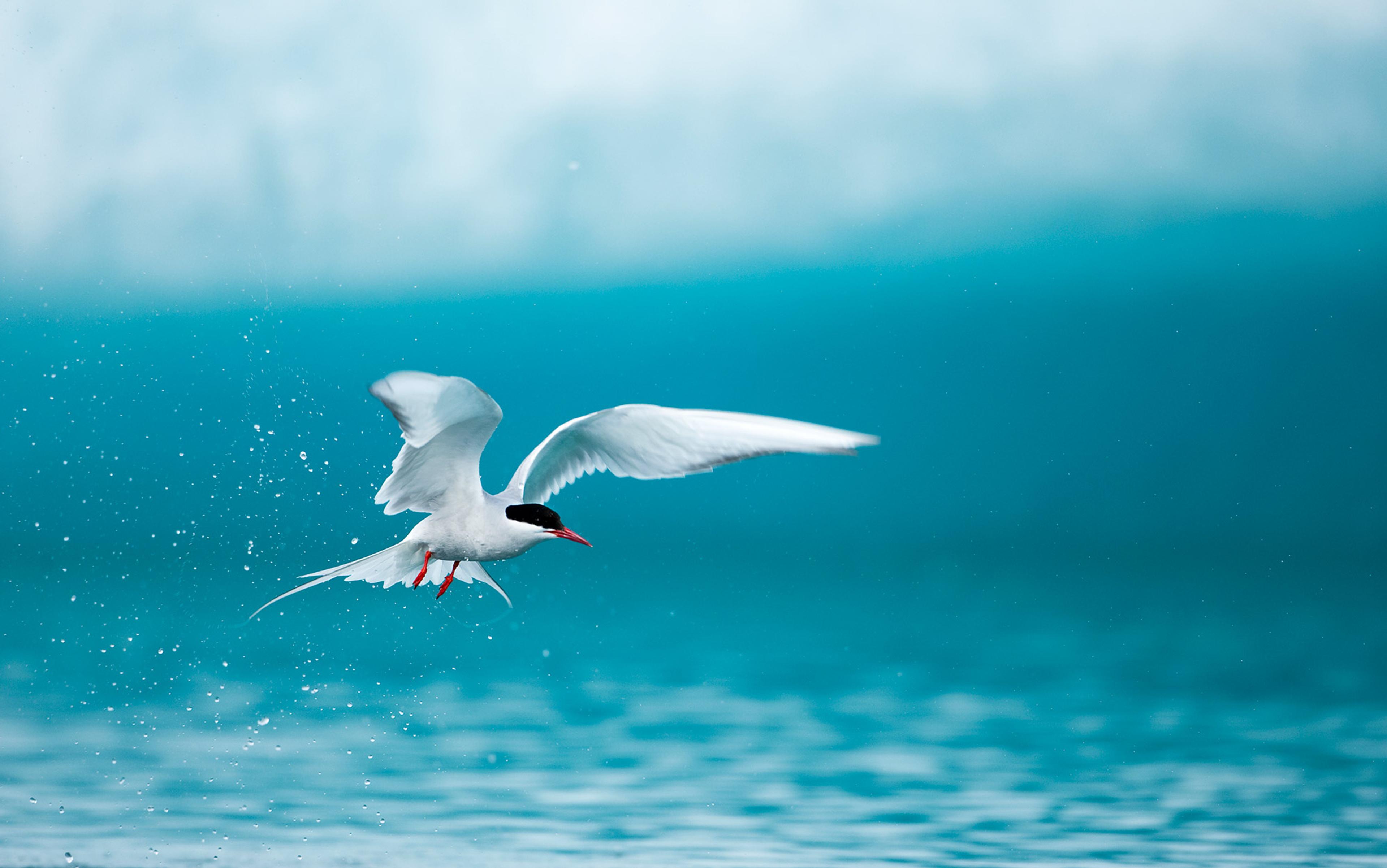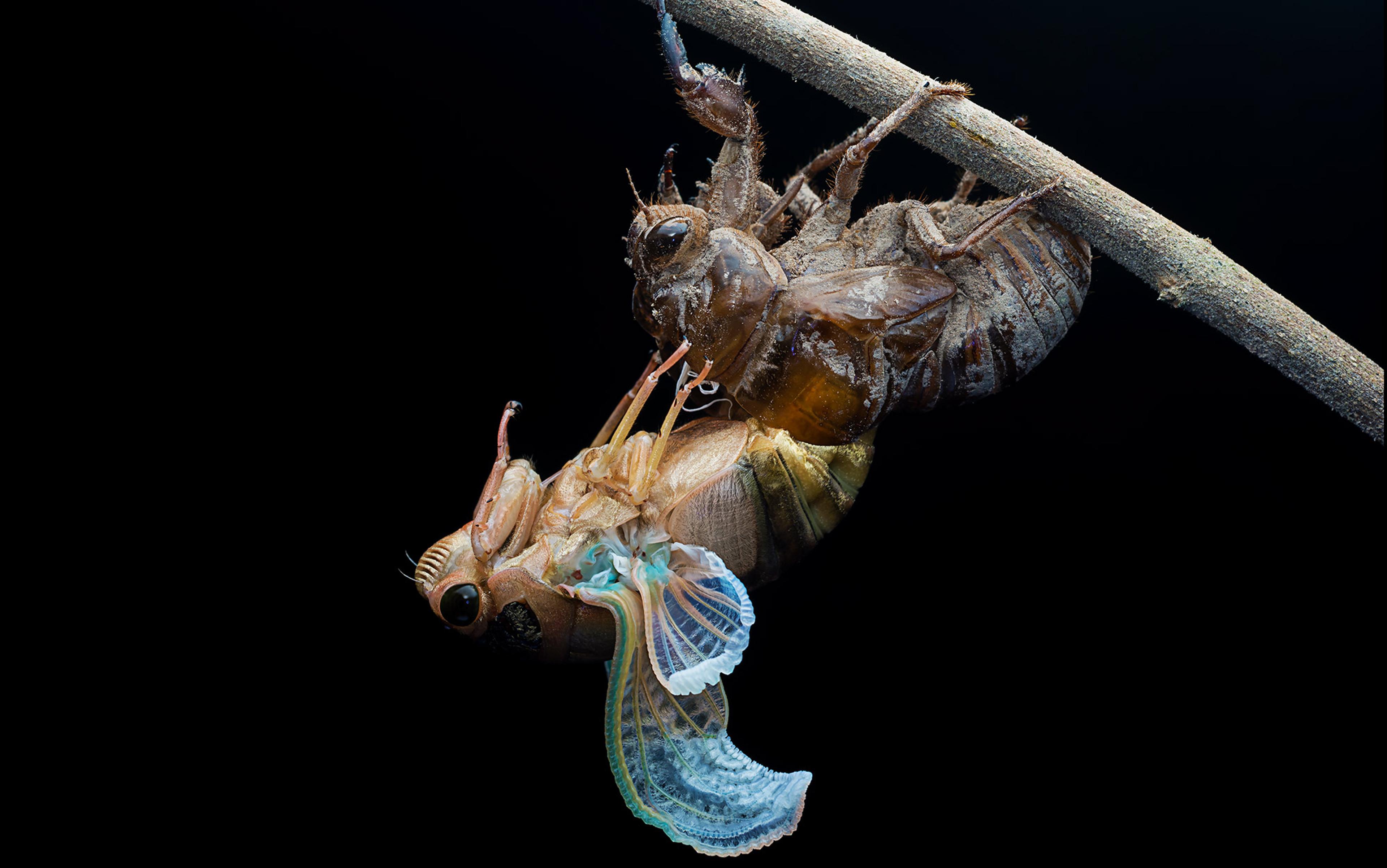The separation between sciences is crumbling. Nature doesn’t recognise disciplinary borders, and as we deepen our understanding, we see more of what these traditionally distinct branches of science have in common. There remain, however, curious hold-outs.
Physics deals with the basic properties of matter and energy and how they interact. Chemistry asks how atoms get together to form more complex molecules and what effect this has on the resulting substances. What both have in common is that they study inanimate matter.
Biology, on the other hand, studies living organisms. And here we encounter the central obstacle to seeing all of natural science as one big coherent whole. Inanimate matter seems to obey the laws of nature without exception and down to the last letter. Living things, by contrast, appear to have a will of their own. They are best understood — perhaps even best defined — by what might be called purposiveness. They try to do things, and while they cannot violate the laws of nature, they certainly can exploit them in order to realise their goals. You can’t say the same for inanimate matter.
It is hardly surprising, then, that the links between physics and chemistry should be much better established than the links between either of these fields and biology. Very few scientists would deny that the laws of quantum physics (our most accurate fundamental laws of nature at present) also fully explain the laws of chemistry. Yes, it might be difficult to calculate all the intricate details of certain complex reactions using physics alone, but most scientists agree that chemistry does nevertheless follow in its entirety from quantum theory. Biology seems like a different matter, though. Some parts of biology look detached from chemistry, let alone reducible to quantum physics.
Some birds are thought to use odd quantum effects to detect the earth’s magnetic field during migration
Take the theory of evolution. Imagine that we start with some primitive living being, capable of reproduction. Its offspring display a certain rate of random mutations, and certain environmental features cause some of those mutations to fare better than others. Taken together, these conditions lead us to expect ever more complex organisms to spring up (though the simplest ones are still likely to predominate). Darwin’s idea is without doubt the best explanation for all the complexity of life we see around us. We know that species change through genetic mutations, and that new species survive because they are better adapted to their habitat than their rivals. But does the ‘law’ of the survival of the fittest follow, like chemistry, from the basic laws of quantum physics?
Before I tackle this question, let me make one thing clear. I am not merely asking whether living systems can exploit the stranger aspects of quantum physics to improve their chances of survival. The simple answer to that is, yes, it appears they do. There is evidence to suggest that even the quirkiest of quantum effects, quantum entanglement, is used by photosynthesising plants to channel light energy towards their energy-producing parts by the most efficient route. Similarly, some birds are thought to use odd quantum effects to detect the earth’s magnetic field during migration. The efficiency advantage that quantum physics could be giving these living systems is that it allows them to perform several tasks at the same time, something computer scientists call parallel information processing. Very few people expected that the full repertoire of quantum physics could survive in macroscopic, warm and wet, noisy environments such as plants and birds. Surprise and excitement at these hints that they do has inspired an emerging field called quantum biology, which captivates a growing body of scientists as much as the public.
But this has little to do with reducing biology to physics. Life also exploits classical mechanics and gravity, and that doesn’t mean that classical mechanics and gravity can explain the evolution of life itself. Life could be consistent with all the laws of physics and we still might require principles in addition to physics to explain it. In fact, most biologists would agree that it is indeed consistent with the laws of physics in the sense that it must obey all of them. It not only exploits physics, but is also affected by it: clearly enough, the environment affects living beings via physics.
Here, though, we are still thinking in terms of two domains – the animate and the inanimate – acting on one another while preserving their distinctness. What we want to know is whether the distinction itself holds up. The question is whether evolution, one of the pillars of biological theory, is fully a consequence of physics. In particular, is it a consequence of quantum physics, which explains everything we know about atoms and molecules?
At first sight this seems unlikely. The grandfather of quantum physics, a Dane called Niels Bohr, went even further in a famous 1932 lecture titled ‘Light and Life’. He argued that we cannot, even in principle, probe life in vivo to understand it. In Bohr’s words, ‘the existence of life must be considered as an elementary fact that cannot be explained’. Just as Planck’s constant — which, according to Bohr, ‘appears as an irrational element from the point of view of classical mechanical physics’ — nevertheless forms an irreducible foundation of atomic theory, so too must life be taken as an inexplicable starting point in biology.
Bohr’s opinion is a notably pessimistic one. Others have had higher hopes for the unification of scientific realms. In their upbeat spirit, here’s one possible angle to explore. Quantum physics uses randomness to help explain the behavior of events on the microscopic scale of single atoms and molecules. Perhaps we could link this insight to the biological notion of random genetic mutations — although the ‘biological random’ and the ‘quantum random’ might end up being very different.
One obvious distinction is that the evolutionary principle of natural selection does not have any physical counterpart: different states of inanimate matter are not selected according to any fitness parameter.
Or are they? Different equilibrium states of inanimate matter — that is, states that are stable over time — were first understood from the microscopic perspective by the Austrian physicist, Ludwig Boltzmann. In the 1870s, Boltzmann explained the Second Law of Thermodynamics, which states that the level of disorder of an isolated system always increases. In his logic, the macroscopic state that matter assumes is simply the one with the highest number of microstates. Imagine rolling two ordinary dice. If you have to bet on a particular score, you should pick seven, for the simple reason that there are six different two-die combinations that give a score of seven, and every other score has a smaller number of possible combinations. Likewise, randomly jiggled collections of particles incline to disorder because, simply put, ways of being messy outnumber ways of being tidy. How might we connect this insight to living systems?
It is no accident that the first person to talk qualitatively about life within the confines of the Second Law was also Boltzmann. Here is what he said: ‘The general struggle for existence of animate beings is not a struggle for raw materials — these, for organisms, are air, water and soil, all abundantly available — nor for energy, which exists in plenty in any body in the form of heat, but a struggle for [negative] entropy, which becomes available through the transition of energy from the hot sun to the cold earth.’ For Boltzmann, life is trying to stay away from equilibrium, away from the state of inanimate (dead) matter. It does this by sucking in low-entropy stuff from the environment, thereby pushing its own levels of disorder away from the maximum. Another pioneer of quantum physics, the Austrian physicist Erwin Schrödinger, also emphasised the idea that life tries to maximise free energy, namely the energy available to do useful work. This is another way of saying that it wants to stay away from equilibrium. In this respect it differs from, for example, a stone, which when left to its own devices just stays as it is and does not try to do anything useful.
Picture a bird flapping its wings only to stay suspended in one place in the air: though it is clearly dynamic, it still results in a stationary condition
Could this be our elusive fitness parameter? If so, it should suggest a way to restate the biological principle of the survival of the fittest. So let’s try this version: the faster we can achieve a state far from equilibrium, the fitter we are. In fact, this way of thinking about biology was anticipated by the 1977 chemistry Nobel laureate Ilya Prigogine. He thought that nature selects the adaptations that maximise entropy production, the dynamics that generate disorder quickest. Beyond some theoretical arguments in its favour, there is little experimental evidence that this is indeed the case. There is, in fact, some evidence to the contrary. This might be due to the difficulty of measuring entropy production in any precise way. But it could also mean there’s something wrong with the principle.
The latest chapter in the attempt to derive biology from physics comes from an Israeli physicist, Addy Pross. He suggests that, very much as inanimate matter conforms to thermodynamics by maximising entropy, living beings strive to maximise what he calls ‘kinetic stability’. This is not the same as maximising entropy production. Rather than reaching a passive state of equilibrium, as all inanimate matter inevitably does according to the Second Law, living systems achieve a dynamically stable state, but they have to keep working in order to maintain it. The dynamically stable state is fragile and needs constant re-establishment. Picture a bird flapping its wings only to stay suspended in one place in the air: this requires careful balancing, and though it is clearly dynamic, it still results in a stationary condition.
If Pross is right, we might have the ingredients to reduce the key features of evolutionary biology to chemistry. And given that chemistry is reducible to quantum physics, it seems as though we might be able to go all the way from biology to quantum physics. This would be a great achievement. However, like any great achievement, it raises questions.
We started by saying that what discriminates living from non-living systems is a sense of purpose. If biology is reducible to quantum physics, and typical quantum objects such as atoms and molecules show no sense of purpose, where does the transition occur? Where does the ‘desire’ to achieve the state of kinetic stability come from? This, of course, brings us back to square one. One easy way out is to conclude that purposefulness is simply an illusion. Pross would probably say that it is an emergent property that arises when chemistry becomes complicated enough. But given that this sense of purposefulness is how we identify life in the first place, perhaps we should resist conclusions that seem to wave it away too easily.
I don’t pretend to have answers to any of these questions. On the other hand, the speed of progress in fields that cross the boundaries between natural sciences – not least quantum biology – makes me optimistic that we will get some, sooner or later. For now we’ll just have to keep trying. As living beings, that seems to come naturally to us.






